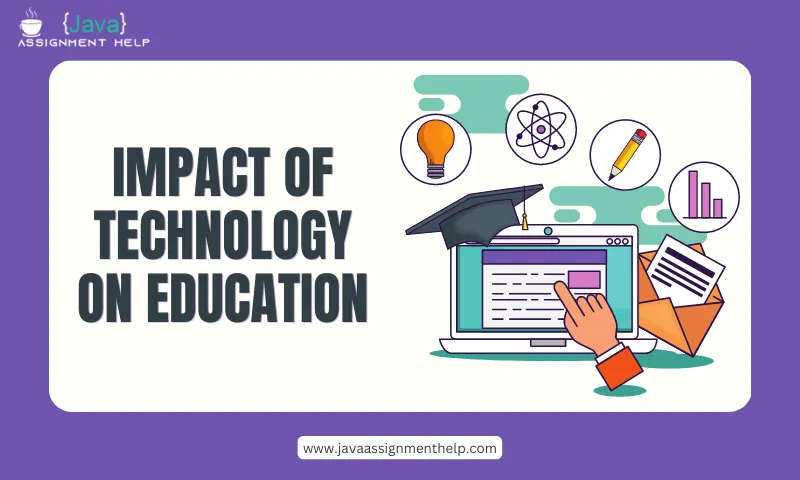Technology has become an integral part of our daily lives. It has revolutionized the way we communicate, work, and even learn. The education industry has not been left behind in this digital era, and the integration of technology in K-12 education has become essential. With the current COVID-19 pandemic, the use of technology in K-12 education has become even more crucial. Here are ten innovative ways to incorporate technology in K-12 education.
Use of educational apps
Educational apps are an excellent way to incorporate technology in K-12 education. They provide a fun and interactive way for students to learn new concepts. Educational apps like Duolingo, Khan Academy, and Quizlet provide a platform for students to learn a variety of subjects, including languages, math, and science.
Interactive whiteboards
Interactive whiteboards are another way to incorporate technology in K-12 education. They provide an excellent platform for teachers to present information in a more engaging way. Interactive whiteboards allow teachers to integrate multimedia elements like images and videos into their lessons, making them more interactive and appealing to students.
Virtual reality
Virtual reality is a technology that is slowly gaining popularity in K-12 education. It provides an immersive experience that allows students to learn in a more interactive and engaging way. With virtual reality, students can visit places they have never been before, explore new concepts, and learn in a more practical way.
Gamification
Gamification is the use of game elements in non-game contexts. In K-12 education, gamification is an innovative way to incorporate technology. It provides a fun and interactive way for students to learn new concepts. Teachers can use gamification to create games that reinforce concepts learned in class or to motivate students to learn.
Online collaboration tools
Online collaboration tools are an excellent way to incorporate technology in K-12 education. They allow students to collaborate on projects, share ideas, and work together from different locations. Online collaboration tools like Google Docs, Microsoft Teams, and Slack provide a platform for students to work on group projects, exchange ideas, and collaborate in real-time.
Robotics
Robotics is a technology that is becoming increasingly popular in K-12 education. It provides a practical way for students to learn about science, technology, engineering, and math (STEM) concepts. With robotics, students can design, build, and program robots, providing a hands-on experience that enhances their learning.
Digital storytelling
Digital storytelling is another innovative way to incorporate technology in K-12 education. It provides a platform for students to tell stories using multimedia elements like images, videos, and audio. With digital storytelling, students can learn about storytelling techniques, enhance their creativity, and improve their communication skills.
Augmented reality
Augmented reality is a technology that combines the real world with virtual elements. It provides a practical way for students to learn about different concepts. With augmented reality, students can see virtual elements in the real world, enhancing their learning experience.
Personalized learning
Personalized learning is an innovative way to incorporate technology in K-12 education. It provides a platform for students to learn at their own pace, in their own style. Personalized learning tools like adaptive learning platforms provide a customized learning experience that enhances student learning.
Online assessments
Online assessments are an innovative way to incorporate technology in K-12 education. They provide a platform for teachers to assess student learning in a more efficient and effective way. Online assessments like quizzes, tests, and exams can be administered remotely, allowing teachers to assess student learning from any location.
In conclusion, technology has become an essential tool in K-12 education. The integration of technology has revolutionized the education industry, providing new and innovative ways for students to learn. The ten innovative ways to incorporate technology in K-12 education discussed in this article provide teachers with practical and interactive ways to engage students, enhance their learning experience, and improve their academic performance. By embracing technology, teachers can provide a more dynamic and effective learning experience for their students.



